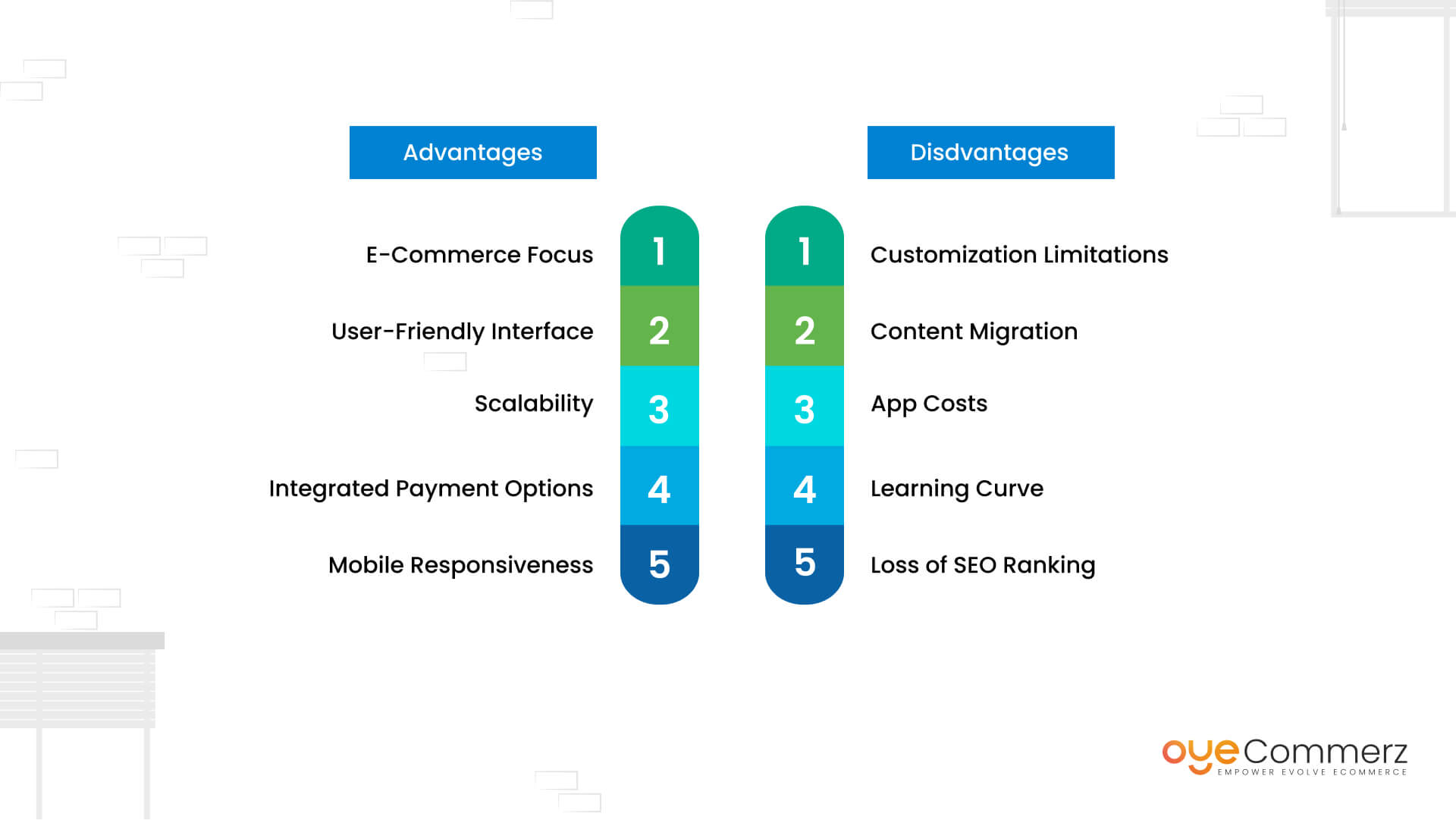Shifting from WP to Shopify marks an promising step in streamlining your online store processes. As companies expand, choosing a solution that aligns with scalability, user experience, and customization becomes crucial. Shopify is widely recognized as a favorite for online merchants, offering superior flexibility, data protection, and user-friendliness. In this guide, we will delve into why this migration is a game-changer, discuss the benefits, and provide practical tips to facilitate a smooth move.
1. Top Reasons to Transition from WordPress to Shopify
WordPress, paired with WooCommerce, continues to support countless e-commerce platforms. Nevertheless, as companies scale, issues like reliance on plugins, security vulnerabilities, and complex setups often obstruct progress. Shopify, designed explicitly for e-commerce, addresses these concerns with an comprehensive, intuitive platform. Real data supports this transition—Shopify powers over 4.4 million stores worldwide, with a documented 10% increase in sales performance for numerous merchants after migration.
2. Key Benefits of Shopify for E-commerce Success
Shopify’s robust ecosystem caters for scaling businesses. Its standout features include:
- Effortless Design Flexibility: Shopify offers over 80 expertly crafted themes.
- Integrated Tools: Features like Shopify Payments and integrated SEO save time and effort.
- International Expansion: Multi-currency support and regional customization empower businesses to reach global markets.
Additionally, Shopify delivers an uptime rate of 99.98%, ensuring your store remains accessible.
3. Getting Ready for Your WP-to-Shopify Transition
Before migrating, evaluate your existing setup. Review inventory details, customer details, and SEO performance. Resources such as Shopify’s Migration Kit or external tools help ease the transition. Create a detailed strategy, ensuring all resources—item details, media files, and articles—are optimized for transfer.
4. The Importance of Accurate Data Migration
Data migration forms the foundation for a smooth transition. When moving from WordPress to Shopify, prioritize:
- Product Information: SKU, descriptions, and categories.
- Client Information: Emails, order history, and preferences.
- SEO Optimization: Retain meta tags, URLs, and redirects to maintain search rankings.
Leverage apps like LitExtension to facilitate seamless migration while minimizing errors.
5. Customizing Your Shopify Store
Post-migration, customizing your Shopify store helps it reflects WordPress to Shopify migration your business identity. Take advantage of Shopify’s drag-and-drop editor to design pages effortlessly. Shopify's themes are mobile-responsive, ensuring a seamless user experience across devices—a key point, since 74% of e-commerce traffic is generated by mobile visitors.
6. Maintaining SEO During Migration
Search engine optimization is crucial for maintaining your visibility during migration. Shopify theme customization Shopify is highly optimized for search engines with clean URL structures, preloaded features, and smooth content management. Ensure:
- Set up URL forwarding for existing links.
- Enhance updated content with targeted phrases.
- Leverage plugins like Plug in SEO to monitor performance post-migration.
7. Post-Migration Testing
Once the migration is complete, run detailed checks.
Review: - Page load times (Shopify boasts faster speeds compared to WordPress).
- Functionality of payment gateways and transaction flow.
- Adaptability across devices.
Testing ensures your store provides a smooth shopping journey from the start.
8. Real-Life Success Story
One such migration success story is Gymshark, a fitness apparel brand that transitioned to Shopify. After the switch, the company saw a 60% boost in mobile sales and reduced site downtime. This showcases the potential of Shopify in enhancing online business success.
9. Challenges and Solutions
Migration comes with challenges, such as data integrity and adjusting tailored features. However, Shopify’s extensive assistance and external professionals make overcoming these hurdles manageable. Partnering with qualified Shopify developers helps guarantee a smooth transition.
10. Making the Switch: The First Step Toward Success
Switching from WP to Shopify represents a forward-thinking decision to online retail. By addressing scalability, streamlining operations, and enhancing the customer experience, Shopify empowers businesses to succeed in competitive markets.
Final Thoughts
Switching from WP to Shopify is a strategic move that can greatly enhance your online business performance. With a robust migration plan, the appropriate resources, and expert support, you can achieve new growth opportunities.
Excited to start the journey? Reach out today to learn how our Shopify migration services can transform your online store. Contact us now, or consider: Can your business afford to miss out on Shopify’s growth potential?
